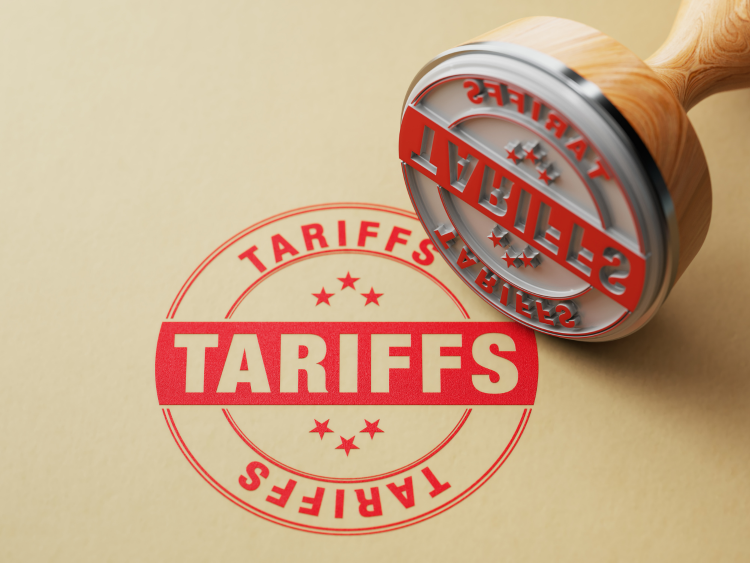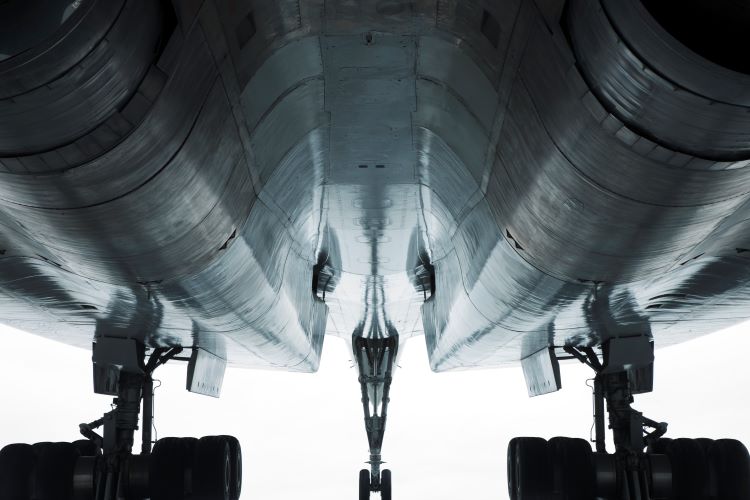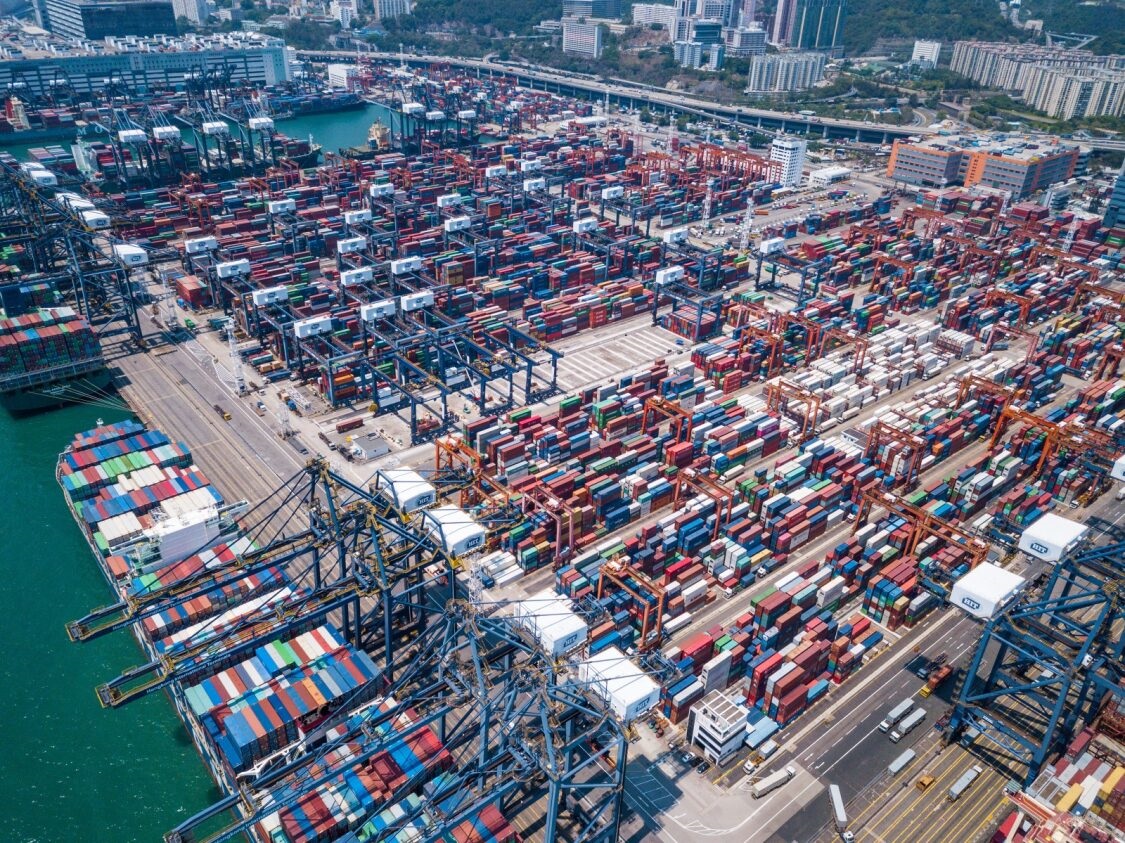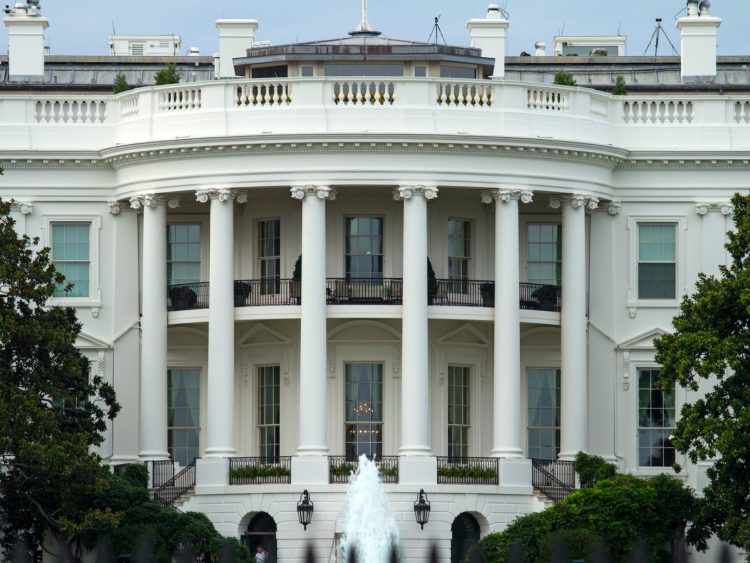Global Trade

October 27, 2025
What’s next for Canada trade talks and the Midwest premium?
Written by Greg Wittbecker
President Trump’s decision to suspend trade negotiations with Canada has crushed short-term expectations of any relief for Canadian producers or the U.S. Midwest P1020 premium.
The drama surrounding the announced termination implies there was a deal in the offing, or at least active negotiation. We are not sure there was. Everyone we have talked to about the process of negotiation has been asking the same question, “What does Mr. Trump want from Canada?”
We doubt anyone really understands what Trump wants from the Canadians. We have suspected the priority in North America is Mexico, not Canada. Notwithstanding our bias toward aluminum, the size of trade and the trade deficit Mexico ran a $171 billion trade surplus with the U.S. in 2024. Between January and July, the surplus was $112.6 billion. Canada’s trade surplus between January and August was $29.9 billion. Given Trump’s fixation with trade deficits, Mexico was and is likely to get his attention before Canada.
The effect of the termination
End consumers of aluminum hate the current level of Midwest, which we understood was at ~$0.85-86 cents/pound to close the week on Friday.
That premium is being passed through extrusion, sheet, forging and other semi-fabricated markets to buyers such as auto, beverage, construction, and utility companies.
We have seen a backwardation in the Midwest premium as represented in the Chicago Mercantile Exchange (CME) premium contract, for some time. Spot CME settlements at $0.82 per pound contrast with March 2026 settlement prices of $0.75 cents per pound. This reflected broad market sentiment that eventually Canada and the U.S. would cut a deal get some relief on the Section 232 tariff.
An optimal outcome for Canada would see aluminum treated the same as its crude oil and potash exports to the U.S., enjoying 10% tariff.
Realistically, Canada might achieve a rollback to 25%, matching what Trump conceded in the U.S.-U.K. trade deal. Notions of total exemption are unrealistic.
Given that Canada is 70% of U.S. imports and if they enjoyed a 25% tariff on a trade-weighted basis, this could argue for a Midwest premium of around $0.59 cents per pound (Canada 70% of imports at 25%; 30% of imports at 50% = 32.50% x current LME of $2,872).
All these scenarios, however, are now on hold. Not only will short-term Midwest premiums hold fast, but the backwardation the CME is likely to narrow.
Prevailing Midwest pemiums are making producers whole
An interesting comment from Bill Oplinger, CEO of Alcoa, who said the current Midwest premium is high enough that his U.S. smelting assets (Massena and Warrick= 291,000 metric tons production) are generating enough cash flow and profits to compensate for the Section 232 costs to his Canadian assets (Baie Comeau-Becancour-Deschambault = 961,000 metric tons).
The recent run on Midwest premium to $0.8550 cents per pound makes this statement unimpeachable. Current LME cash plus duty unpaid replacement puts duty paid Midwest “cost” at $0.83 per pound. So, Midwest has overshot costs as had been predicted by AMU and others in the market.
Midwest now makes Canadian imports of P1020 completely viable. It also makes it viable for seaborne imports again. Imports of value-added products such as billet and foundry will be contingent on spot upcharges over Midwest, recouping the incremental tariff on the upcharge. Spot premiums for billet seem to be getting this job done.
We are also well in the “mating season” for 2026 billet contracts, with upcharges being quoted between $0.17 and $0.23 per pound over Midwest. That makes both Canadian and seaborne imports solve.
Why this matters
No one is happy that Canadian-U.S. trade talks are suspended. It perpetuates the hardening of relationships and drives Canada to seek long-term alternatives to the U.S. for its exports. Canada has inherent competitive advantages over the U.S. in aluminum as well as other minerals and commodities. It’s in everyone’s interest to leverage their respective competitive advantages.
However, the aluminum market has done heavy lifting to overcome the cost of the tariffs and imports should flow again. That relieves tension in the market about physical supply but does not relieve the heartburn end-users are experiencing on total price. Relief on that score has to come from a concerted lobbying effort on their parts to impress upon the Trump administration the ultimate costs of its trade policies.








